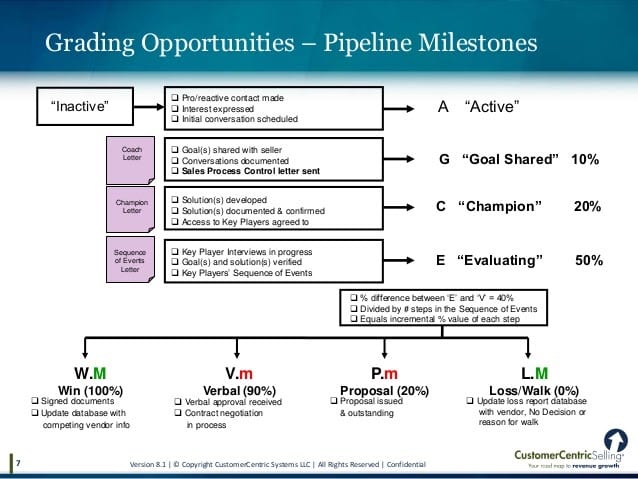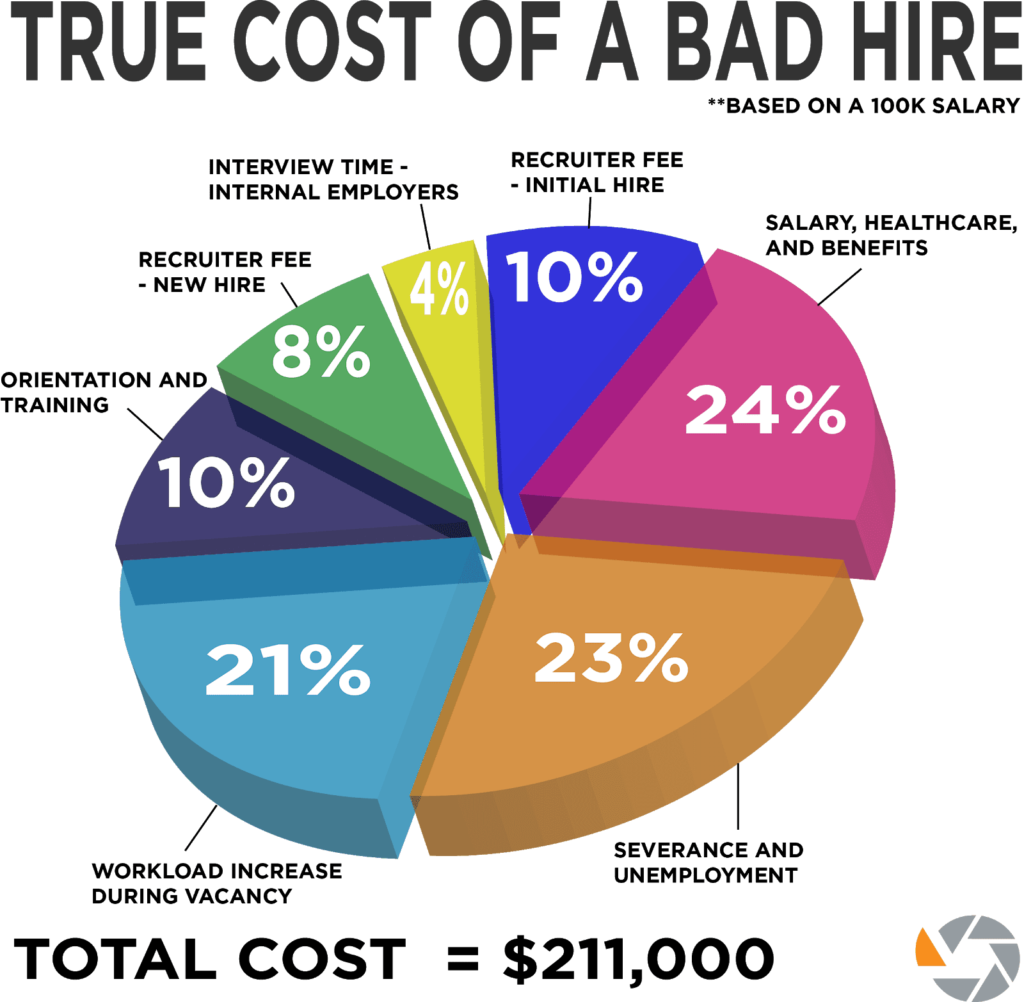Are These 13 Common Sales Problems Holding You Back?
Sales is tough. If you’re nodding your head in agreement, it’s because you’ve experienced these 13 common sales problems.

Sales is tough. If you’re nodding your head in agreement, it’s because you’ve experienced these 13 common sales problems.

In a survey by online career database PayScale, sales manager was ranked as the second most stressful job, with 73% of respondents rating the role as “highly stressful.”
It makes sense: salespeople are under a lot of pressure to meet their quota and convert leads quickly.
And if the quota is the destination, the journey there is rarely—if ever—smooth.
Certain sales challenges plague the sales leaders of both Fortune 100 companies and small startups with five employees.
It’s no job for the faint of heart, but don’t worry. We’ll talk you through solving some of the most common sales pain points.
Without further ado, here are 13 of the most common sales problems and corresponding solutions. (You can skip to a particular section by clicking on it below.)
Many sales problems—and their solutions—come down to the all-important relationship between sales and marketing. And if you don’t address them as one unit, your business is unlikely to address them at all.
The relationship between sales and marketing is often a touchy subject.
Sales departments tend to believe that marketers are out of touch with customers and the market. Marketing accuses sales of poor execution.
This hostility is the number one reason why an organization’s annual revenue stagnates or declines.
Unfortunately, telling everyone to get along doesn’t work.

It’s solved by aligning both teams on shared metrics.
Sales teams are typically measured on new business won and marketing on the number of new leads. The thinking goes that it’s marketing’s job to generate leads and sales to close them.
While it makes sense on paper, it often creates a disconnect between the two departments because it assumes a simplistic, linear buying journey.
Buyers move fluidly forward and backward and sideways these days, and it wreaks havoc on the idea of a lead smoothly moving to opportunity, then to customer.

Instead, consider shared reporting on the following metrics:
If your organization relies on inbound leads to fuel sales numbers, you’ll find some months that there aren’t enough leads.
That’s especially true if you’re trying to grow market share and hiring new reps.

When you are yo-yo-ing month-on-month and by territory, this can cause issues ranging from unpredictable workflow to budgeting nightmares.
The “cold approach” of reaching out is the best way to plug short-term gaps in inbound lead numbers. It’s especially true if you’re a “grudge buy” where you’re selling against the status quo.
Just how to run an efficient outbound machine is beyond the scope of this article. But the folks over at Market Veep have a great article titled “Inbound vs. Outbound: How to Bridge the Gap and Fill the Pipeline” that’s a good starting point.
This is a marketing problem–and a common one in many organizations.
The first step is to push your sales and marketing team only to measure “qualified leads” that fit your ideal customer profile (ICP) and have clear buying intent.
That’s because the traditional approach of rewarding marketing for the number of leads generated creates an environment where buying intent comes second.
It creates a lot of metrics and a lot of activity but minimal business results.
Your “leads” will probably go down. You might even get scared when you look at your CRM’s dashboard.
But your revenue will go up. And your customer acquisition cost (CAC) will go down.
Accurate sales forecasts, a clear understanding of your ideal customer profile, and an exact sales process are your sales teams’ GPS. Without all three, it’s easy to get lost.
Nothing kills your sales numbers like an unclear or overly flexible ICP.
Let’s say you sell dishwashers to large hotel chains. One day a rep gets two inquiries from a restaurant that’s interested in buying a unit.
You start to believe that there’s a whole lot of untapped potential in the restaurant space. So you tell reps to do some targeted outreach and work with marketing to build a couple of landing pages.
Only you find out over the next six weeks that restaurants don’t have the budget. They take forever to make a purchase decision due to opening delays. Your value adds, free installation and maintenance, doesn’t resonate with them.
You’ve wasted a ton of time moving away from your ICP on only two data points.
We’re not saying that you shouldn’t ever expand into the markets or try new things, but that you need to be laser-focused on those most likely to buy from you first.
Knee-jerk decisions that waste valuable resources are a significant drag on your bottom line.
Having an airtight ICP will help you eliminate the noise and rule out prospects that aren’t a good fit for you right away. Ask yourself questions like:
You know what they say about any type of data analysis: garbage in, garbage out.
It’s true of your sales forecasting too. Your forecasts rely on the data that your sales reps input into your CRM.
If sales reps are being too subjective, which usually results in an optimistic outlook, your forecasting is likely to fall wide of the mark.
It’s essential to train your sales reps to be objective and realistic in their expectations to ensure that your sales pipeline forecasting is accurate.
You should consider creating an insight panel that outlines critical feedback to use when scoring opportunities. It will help you automate accurate forecasts.
If you’re finding it difficult to assess your performance, find areas of improvement, and fix glaring issues, it’s likely because you don’t have a well-defined sales process.
And if you don’t have any sales process, you need one. (Yes, even if you work hard and have a talented team.)
B2B companies that defined a formal sales process experienced 18% more revenue growth than companies that didn’t. When a sales team has no structure, it’s hard to measure anything outside of wins and losses.
Nutshell has an excellent guide to implementing one. It’s worth remembering one thing about the sales process: milestones are essential.
Sure, the stage a client is in shapes how you should be interacting with a client, but the milestone is the goal. (By milestone, we mean activities like demo complete, proposal sent, or discovery call.)
The stage in your CRM provides the direction, the milestone, the destination.

Particular tactics can kill your sales performance even if you have a stellar strategy. Here they are.
These days, everybody has a preferred communication method, whether SMS, email, or even LinkedIn messaging. It’s why you must communicate with prospects the way they want you to.
A Velocify study found prospects who were sent text messages converted at more than twice the rate of leads who weren’t. It’s why business text messaging is increasingly common.
So if no one is answering your emails or calls, try using text messages or other channels like LinkedIn. If you don’t know where to get started, here are 110 sample sales text messages.
Have you noticed your average sale price dropping?
It might because your reps rely too heavily on offering your customers discounts. There are several reasons why this might be the case.
Often reps simply don’t believe the price of your product is justified. That’s why it’s critical to dollarize the value of your offering.
Let’s say you sell a data entry service, and you know that you save small teams 15 hours a week. And that this equates, on average, to $500. You know your service comes to $200.
So you know that it saves prospects $300 per month.
Putting it in terms like that makes it much harder for your reps to justify relying on discounts as a sales crutch and also makes it easier for them to communicate the dollar value of your product or service.
A hockey stick sales curve refers to a revenue graph that creeps along the bottom, or the middle of the graph for most of a period, usually a quarter, and then in the last few weeks, jumps up to the top (resembling a hockey stick).
Sometimes this happens due to deep discounts and special terms, both of which lose the company money. Sometimes it happens as reps realize they need to work much harder to hit their quarterly targets, creating unnecessary stress.
Ideally, to reduce the sales hockey stick’s impact, you want to balance your mix of deals in the pipeline. Your incentive compensation plan design can help create this balance by encouraging sales to go after a variety of deals to ensure a smoother quarter.
Psychologists call it the “status quo bias.” In simpler terms, it’s the allure of doing nothing at all.
The prospect’s status quo bias represents a natural tendency towards loss aversion. People stay put, even in an undesirable situation, because the fear of loss is more significant than the possibility of gain.
It’s why you need to coach your reps to overcome this loss aversion. And the way to do it is to communicate the cost of inactivity.
For example, people might put off getting a sore tooth looked at because they don’t like going to the dentist. Sooner or later, the discomfort becomes so extreme that they have no choice.
After the pain goes away, they’ll probably wonder why they hadn’t fixed it a long time ago.
Similarly, a prospect might choose not to use your software to save time in their accounts payables process because they know their approach, even if it’s inefficient.
What you’re trying to communicate to them is the cost of not switching, whether that’s the ability to focus on more critical tasks or get home to see their family.
A lot of sales success is about having effective processes and strategies. But it certainly doesn’t hurt to have the right people on the bus too.
The average turnover cost per sales rep is $97,690 when you add up recruiting costs, training costs, and lost sales.
Before you raise the base salary, limiting turnover isn’t all about improving compensation.
A simple way to reduce turnover is to get your team involved in decisions, especially those that affect them directly.
It can make an enormous difference in their commitment to you as they’ll feel more invested and in control.
Hiring the wrong sales reps is one of the worst – yet most common – mistakes in sales. Weak sales members make it difficult for your team to hit their targets, yet replacing them can be costly.
It’s critical when hiring a new rep that you drill down into their numbers. Sometimes a salesperson inherits an incredible roster of clients and hits their quota solely on renewals. You want to drill down into the amount of new business generated and customer retention.
When checking references, it’s worth asking how their metrics compared to those of their colleagues.

Even if you’re hiring the right sales professionals, you can’t expect them to succeed without an equally effective onboarding process.
And while most organizations have some onboarding flow, very few measure actual performance and progress through it. You’ll want to look at performance to understand how they are:
You can even create a scorecard and review it together with the new team members. That way, it’s possible to:
Doing this can reduce ramp-up time by 40%.
How we look at sales has changed. It’s no longer about smooth talkers peddling empty promises.
According to the Harvard Business Review, today’s consumers prioritize competence, sincerity, and empathy. Similarly, a systematic and empathetic approach to the sales problems you’re facing will help you overcome them.
Drew Wilkinson is the Head of Marketing at SimpleTexting. Drew has more than a decade of experience managing successful integrated marketing programs to build brands, raise awareness, and generate demand.
More Posts from Drew WilkinsonThe first step in your podcasting journey is to build an audience. The second step? Turn them into customers. Here's how SMS marketing can help.
ReadLearn how to use text marketing as a tool to monetize slow periods, and enhance the customer experience at your carwash.
ReadStart a text marketing campaign or have a 1-on-1 conversation today. It's risk free. Sign up for a free 14-day trial today to see SimpleTexting in action.
No credit card required